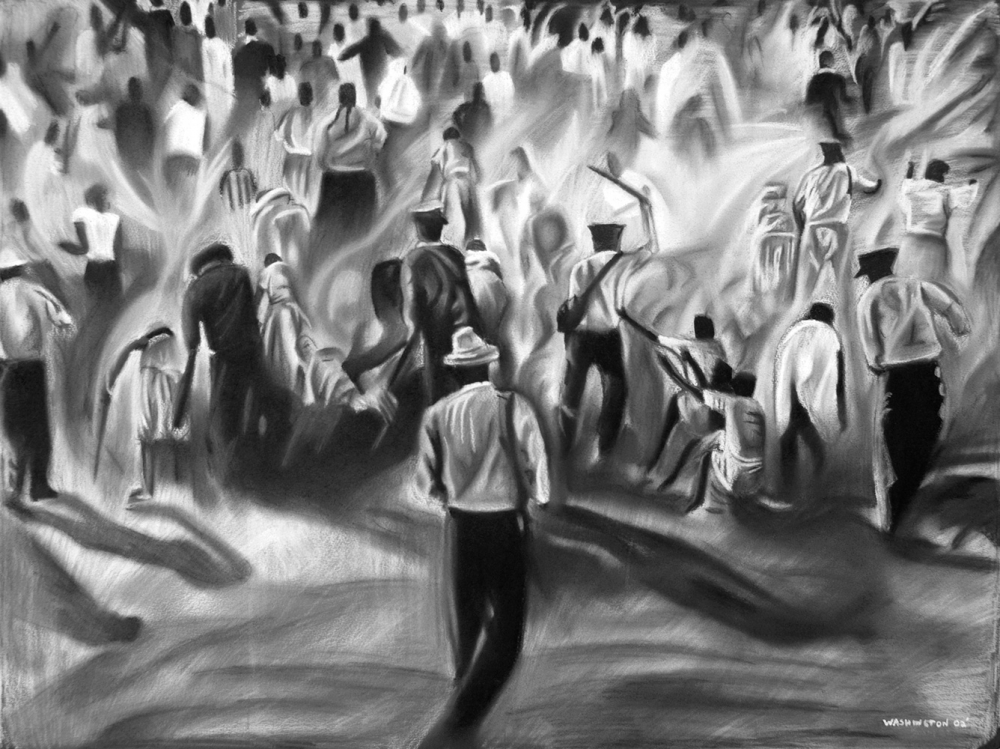We Shall Be Released

Lawmakers, law enforcement officers, public officials, and private citizens worked long and hard to maintain the segregated way of life that had dominated the South since the end of the Civil War in 1865. The method that ensured segregation persisted was the use and threat of violence against people who sought to end it.
In contrast, the leaders of the Civil Rights Movement chose the tactic of nonviolence as a tool to dismantle institutionalized racial segregation, discrimination, and inequality. Indeed, they followed the guiding principles of nonviolence and passive resistance. Civil rights leaders had long understood that segregationists would go to any length to maintain their power and control over Blacks. Civil rights activists hoped and often prayed that “they would be released” – that television and newspaper reporters would show the world that the primary reason Blacks remained in such a subordinate position in the South was because of widespread violence directed against them. There was no shortage of brutality to attract the media.
The reliance of civil rights activists on nonviolent principles was both an ethical and a tactical strategy. Ethically, it was the right thing to do. Tactically, the leaders of the Civil Rights Movement shrewdly recognized that the use of nonviolence was critical to attracting public support and sympathy for their cause. As more and more Americans witnessed the atrocities Blacks faced at the hands of hostile southern segregationists, support for the movement strengthened.
In “We Shall Be Released,” Washington shows a peaceful protest that has erupted into violence at the hands of southern authorities. Washington depicts men, women, and children of all ages endeavoring to dismantle institutionalized racial segregation, discrimination, and inequality with nonviolence. They follow the guiding principle of passive resistance, understanding that segregationists will go to any length to maintain their power and control over Blacks. As anticipated, the authorities respond with aggression, yet the activists stand their ground staunchly.
The police tactics were brutal, and included the use of tear gas, whips, and clubs against protesting Blacks. Washington adeptly weaves these details into the composition of “We Shall Be Released.” In the foreground, a lone police officer watches as his fellow officers strike women with billy clubs. The use of tear gas has created a mass of indistinguishable people in the mist of gas, a metaphor for how racism has clouded these individuals’ identities in American society. Throughout the artwork, the protesters’ bodies blend directly into the ground, symbolizing their steadfast resolve in their struggle for equal rights.